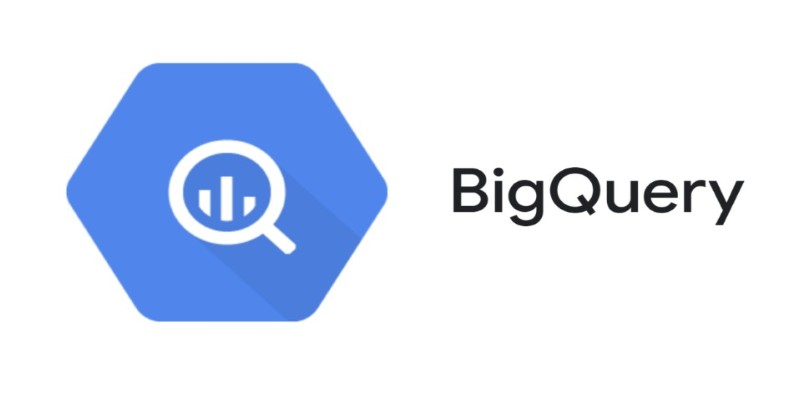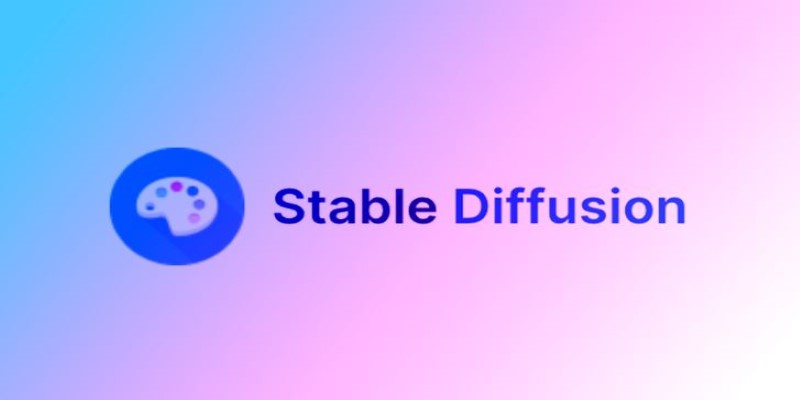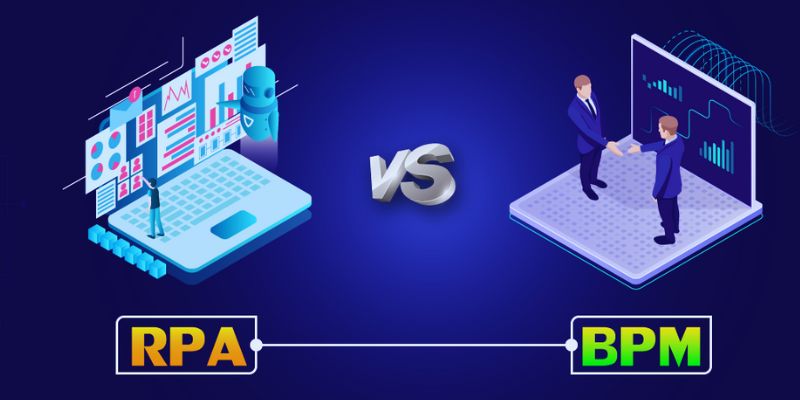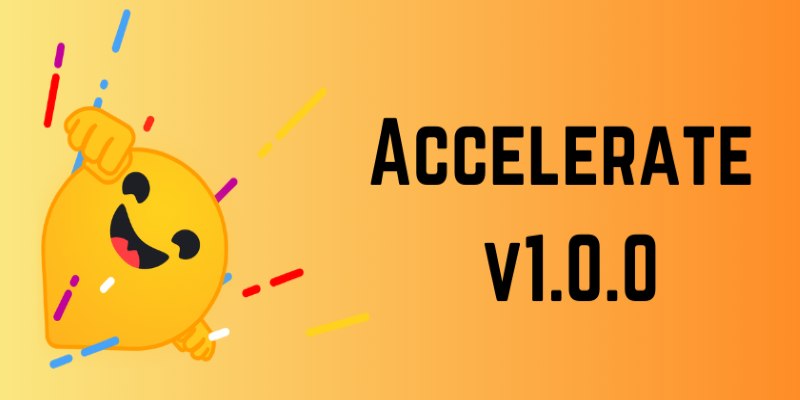Advertisement
Large language models have rapidly moved from research labs to daily use. But having a powerful model isn’t enough. Developers and businesses need simple ways to test, run, and customize these models. That’s where Google Cloud’s Vertex AI Model Garden becomes valuable. It offers an accessible space to work with thousands of open-source LLMs, making them usable across real-world applications.
Instead of starting from scratch, users can choose models, modify them, and deploy them at scale—all from one place. The Model Garden isn't about showcasing—it's about making open LLMs work in production with less friction and more flexibility.
Vertex AI Model Garden is designed as more than a display for pre-trained models. It provides a way to find, test, and use a wide range of LLMs for different use cases. These include models from Google, Hugging Face, and the open-source community. The system is built to support reuse, tuning, and integration across projects.
The garden accepts open models of all sizes. Whether you’re working with small domain-specific models or large multilingual ones, the platform makes it easy to compare and deploy them. Developers can use hosted notebooks or APIs or build advanced solutions using containers and pipelines.
What makes the Garden different is its openness. You’re not limited to just Google’s models. You can import and run models trained elsewhere or fine-tune public ones using Vertex tools. This keeps the garden dynamic. New models can be added or adapted quickly to fit unique business needs.
Vertex AI provides a flexible infrastructure to support different ways of using these models—from one-click deployments to fully customized ML pipelines. This adaptability encourages teams to explore new ideas without worrying about architecture or system compatibility.
Hosting many models isn’t just about storage. Different LLMs have varied needs in terms of computing, memory, and serving speed. Vertex AI handles this by giving developers a choice between managed services and custom configurations, depending on how much control they want.

Running inference on large models can get expensive and slow if not optimized. Vertex AI addresses this through scalable infrastructure that supports CPUs, GPUs, and TPUs. This allows high-performance serving for large models, while smaller models can run cost-effectively.
Managed endpoints in Vertex AI scale based on traffic, so users don’t need to over-provision resources. The service also handles updates, patching, and versioning. That matters when working with open-source models, which are frequently updated. It ensures you know which version was used in any deployment, helping with compliance and traceability.
Training is another part of the stack. Vertex AI supports distributed training and integrates with frameworks like TensorFlow, PyTorch, and JAX. It’s simple to launch a training job or even a full pipeline. You can bring in code from GitHub, connect to datasets in BigQuery or GCS, and get everything running with a few configurations.
This unified infrastructure allows you to use only what you need without locking you into a single model type or serving method. It supports experimentation and large-scale production with equal ease.
Most open LLMs need customization before they’re production-ready. Vertex AI supports this with tools for training, tuning, and adapting models to your data. Whether you're refining a model for customer support, translating technical documents, or improving summarization, it's all possible within the same system.
Vertex AI Pipelines help automate this process. You can create workflows that include data prep, training, evaluation, and deployment. These workflows are repeatable and adjustable, so teams can apply lessons learned on one project to others without extra effort.
Once a model is fine-tuned, it can be deployed just like any other model in Vertex AI. Built-in monitoring and access controls help keep things safe and manageable, especially when deploying across multiple teams or business units.
You can also enhance models using external tools. For example, pairing an LLM with a vector database allows retrieval-augmented generation (RAG). This method improves accuracy by letting the model pull in real-world data during inference. It's useful when models need to stay up-to-date or provide grounded answers.
Privacy and security are also part of the platform. Private networking, encryption, and IAM controls help organizations use open models safely. Even when working with open-source models, data can remain protected throughout the process.
This setup allows for large-scale customization without making infrastructure a bottleneck. Teams can test, deploy, and manage open LLMs with speed while keeping governance in place.
Model Garden isn’t just a repository—it’s a shared environment where teams can explore, build, and scale. Developers can reuse notebooks, fork models, or integrate LLMs into broader systems using APIs and SDKs. Everything connects with Google Cloud tools like BigQuery, Dataflow, and Looker.

Experiment tracking, model evaluations, and version control keep progress organized. Whether tuning a model or running benchmarks, results can be tracked and reused. This is especially useful for collaborative teams or when models need auditing later.
New models are added often. Community contributions, Google updates, and Hugging Face releases appear in the Garden regularly. Performance metrics are shown clearly, helping developers choose the right model without excessive testing.
The system is built to adapt. Vertex AI is moving into multi-modal support, so the Garden will include models for text, images, audio, and other data types. Tools for managing agents, chains, and more advanced workflows are also emerging.
Whether you’re using a pre-trained model or building something new, the Garden offers a strong base. It supports new work without slowing teams down with logistics.
By encouraging reuse, flexibility, and safe deployment, the Garden helps open LLMs move from research into practical use.
LLMs are no longer limited to big tech. Open models are now more accessible, and Vertex AI provides the structure to support them at scale. The Model Garden offers tools for selecting, customizing, and deploying models with minimal setup. From infrastructure to training and version control, it covers the full development cycle. By enabling thousands of open LLMs, Vertex AI is expanding how AI can be used across industries and teams.
Advertisement

Can a robotic puppy really help ease dementia symptoms? Investors think so—$6.1M says it’s more than a gimmick. Here’s how this soft, silent companion is quietly transforming eldercare

Learn about landmark legal cases shaping AI copyright laws around training data and generated content.

Learn the top eight impacts of global privacy laws on small businesses and what they mean for your data security in 2025.

How agentic AI is driving sophisticated cyberattacks and how the UK AI Opportunities Action Plan is shaping industry reactions to these risks and opportunities

Explore the role of a Director of Machine Learning in the financial sector. Learn how machine learning is transforming risk, compliance, and decision-making in finance

Thinking about upgrading to ChatGPT Plus? Here's an in-depth look at what the subscription offers, how it compares to the free version, and whether it's worth paying for

Learn everything about Stable Diffusion, a leading AI model for text-to-image generation. Understand how it works, what it can do, and how people are using it today

What happens when robots can feel with their fingertips? Explore how tactile sensors are giving machines a sense of touch—and why it’s changing everything from factories to healthcare

Learn key differences between RPA and BPM to enhance workflow automation strategy and boost enterprise process efficiency

What a Director of Machine Learning Insights does, how they shape decisions, and why this role is critical for any business using a machine learning strategy at scale

Looking for faster, more reliable builds? Accelerate 1.0.0 uses caching to cut compile times and keep outputs consistent across environments

Why is Alibaba focusing on generative AI over quantum computing? From real-world applications to faster returns, here are eight reasons shaping their strategy today